The British Museum in Bloomsbury shares its rich collection of more than 8 million objects with audiences around the world through an extensive programme of peerless touring exhibitions.
Exhibitions include such diverse topics as Egyptian mummies, Rome: city and empire; Italian Renaissance drawings; Ancient Greeks; an age of luxury: the Assyrians to Alexander, and Goddess, celebrating the power and diversity of the divine female in belief through the ages.
Amanda Mayne is International Engagement Manager at the British Museum. She spoke to blooloop about touring exhibitions, the lessons learned from COVID, and the importance of international partnerships.
Mayne says that she first became interested in museums in childhood:
“As children, my father used to take us constantly to museums, particularly maritime museums. He used to take me around the ship models gallery. I don't particularly like ship models, but I have always loved history and stories.”
Amanda Mayne & the British Museum
Before working at the British Museum (BM), Mayne worked at the National Maritime Museum in Greenwich for seven years:
“That was quite different because it's half the size,” she explains. “Moving onto the BM was quite a shift. It is huge, it has a staff of approximately 1,000.
"The thread that has gone through my career in museums has been that I've always been involved in the area where you're sharing the museum collections, but also generating income."
“At the Royal Maritime Museum in Greenwich, I used to look after all the commercial filming. Many films and documentaries were shot there. I also used to look after the picture library, image licensing, using the brand and images to generate income. I had never worked in exhibitions, so that was quite a change when I went to the BM.”
It was, she says, fascinating, as well as a challenge:
“The BM is an amazing place. It's a very special place, and the brand is very strong. Few people around the world haven't heard of the British Museum.”
International exhibitions
The British Museum is also well known for its international touring exhibitions.
“Our touring program had been going for a couple of years when I started,” says Mayne. “Now, it has been going for about 15 years, which is a long time compared to a lot of institutions.
"There had been touring exhibitions before then, but it wasn't done as a centralised department.”
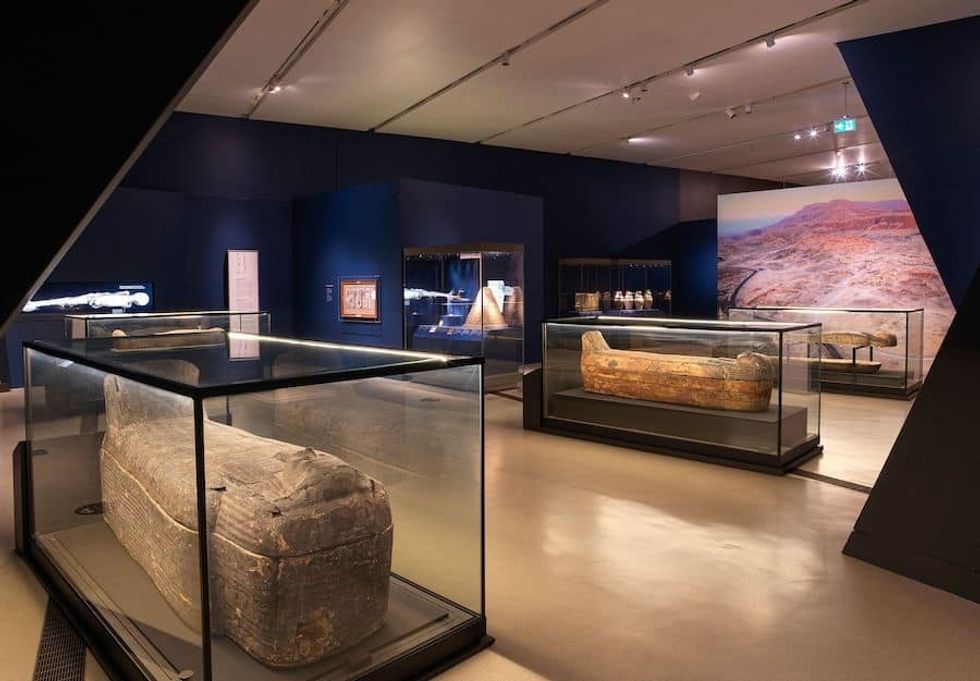
The partnerships she has established during her tenure are fundamental to her mission:
“The partnerships with people I met all those years ago now have longevity in terms of the relationships.
"We recently opened an exhibition in Belgium, our Roman City and Empire exhibition. And I remember having a conversation with them nine years ago. We're taking an exhibition to New Zealand in 2022; those conversations have been going on for 10 years. My role is about relationships. It's about partnerships, and that's something that I really like.”
An evolving team
Mayne has now been at the British Museum for just over 13 years.
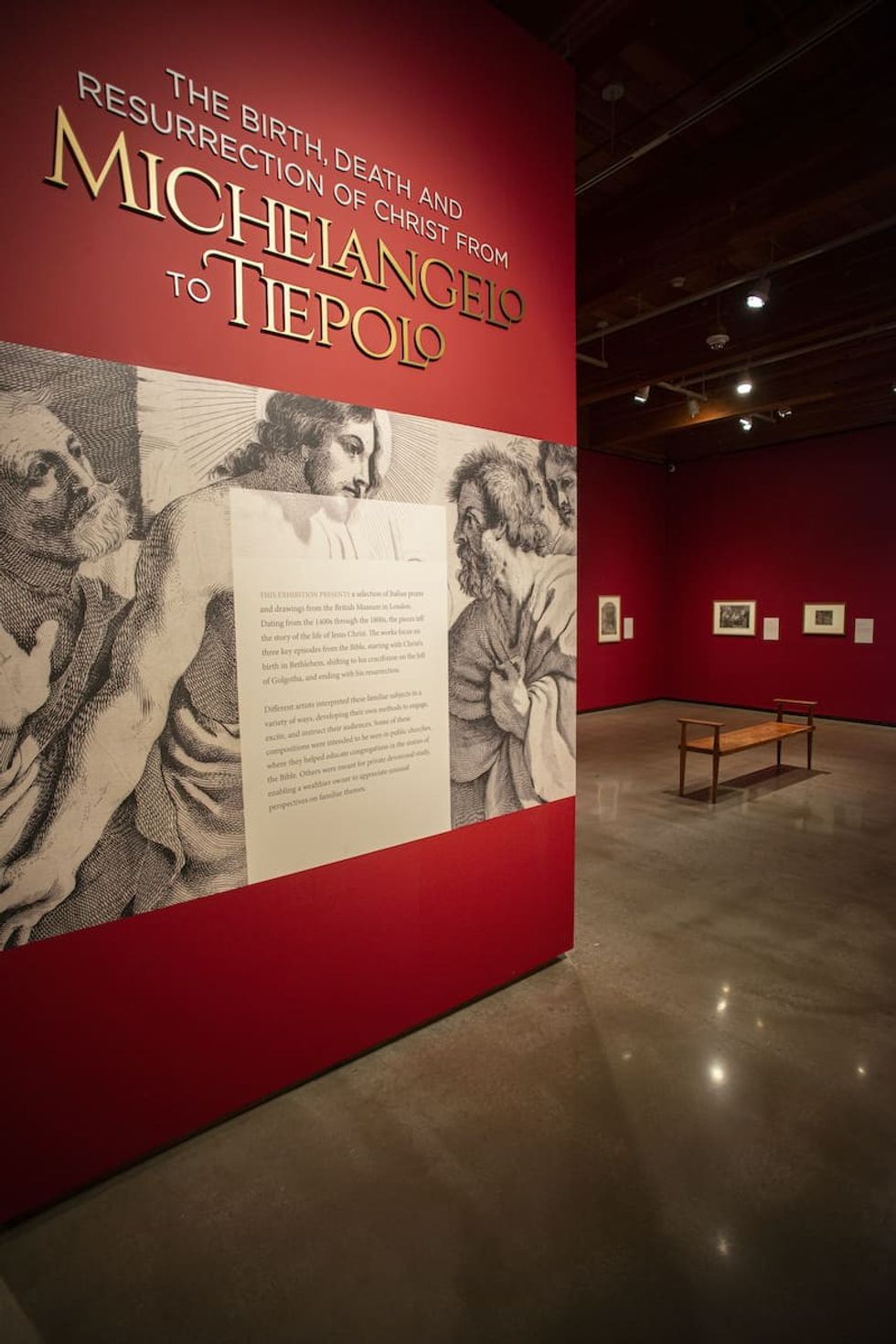
“I joined in the international engagement team with touring exhibitions,” she says. “When I joined, I was number three in the department. Now, there are 11 of us that work purely on touring.
“It’s a big organisation. The department has changed a lot since I started. The scope of touring exhibitions; the number that we do, is incredible. When I started, we were doing perhaps three or four a year. Now we're doing anything up to 13 or 14 openings a year, all around the world.
"It has evolved a lot. We are lucky because we have two curators who sit within our department. When we started, we were doing a relatively restricted number of projects with three people. In the last five or six years, we've expanded the programme. We now do exhibitions from across the collections, but also on individual departments as well. Our profile within the museum has been raised.”
Sharing the British Museum’s collection
For this department at the British Museum, as with most institutions that have a touring exhibitions department, there is a double remit.
“It's about sharing the collection, and it’s also about generating income,” says Mayne. “They are the two main drivers, which sit in parallel. The strange thing has been in the last COVID year, where the BM has been closed so much, the touring exhibitions have been the only opportunity for people to see British Museum objects.
In the last COVID year, where the BM has been closed so much, the touring exhibitions have been the only opportunity for people to see British Museum objects
“The changes over the last 10 or 11 years have come about through natural evolution. But the big change has been the last year for all of us. It has been so different.
"There are many negative sides to what has happened. But it has also given people the opportunity to question why they work in a certain way, why we've always done things in a certain way, which is very refreshing.”
Creating exhibitions
Exhibitions have a plethora of inceptions:
“They can come out of conversations with partners. They can come from curatorial ideas or publications. We might tour exhibitions that are on at Bloomsbury, exhibitions that tour nationally with our national programme. It is a combination of all those things.
“What we want to accelerate is the repurposing, but there will always be exhibitions that are developed just for touring because it's a different demographic. Working with partners in Australia, North America, Asia, and so forth necessitates a different model.
“If you look at Bloomsbury, if we base it on a normal year, rather than the last one, 75% of our visitors are international."
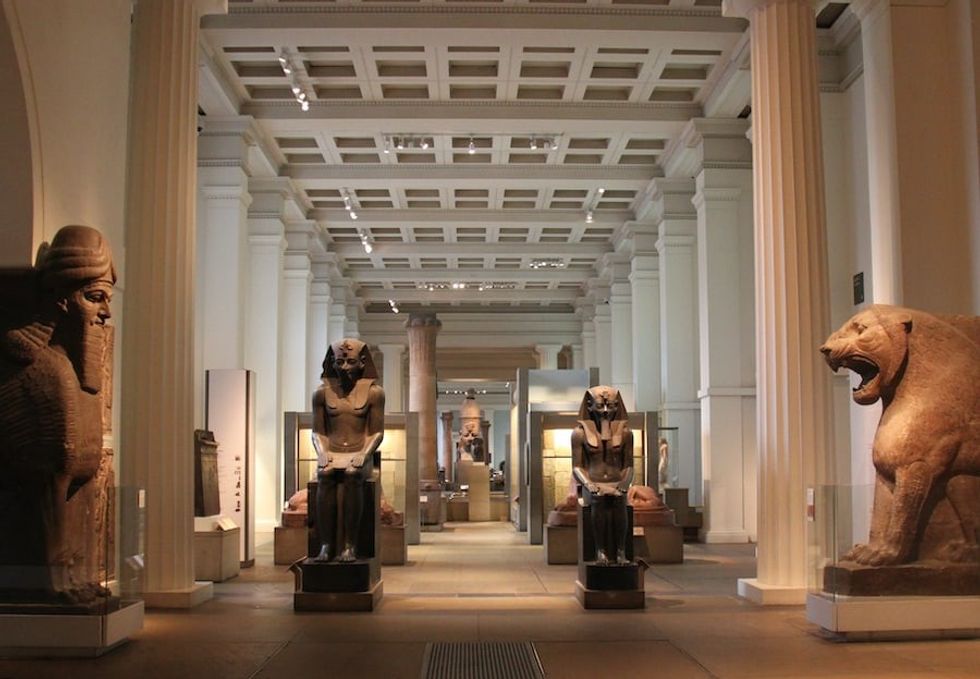
“When we are touring something like our Egyptian collection, we do fewer of those in Bloomsbury, because we have our permanent Egyptian galleries. One of our most popular exhibitions is an ancient Greek exhibition. Again, we have the ancient Greek galleries in Bloomsbury. So we tend to highlight those collections with our international partners.
“Having said that, there are various things that, in the past, have been on in Bloomsbury, and we've toured them, or vice versa. We are getting a lot better at this model.”
The appeal of certain topics
Occasionally, touring exhibitions will draw directly from those displayed at the British Museum in Bloomsbury:
“We had an Egyptian exhibition in Bloomsbury, Ancient Lives, around five years ago now, maybe a little bit longer,” says Mayne. “This which has just had a tour, fully drawn from a Bloomsbury display. It went to Australia, it went to Asia and is in Canada at the moment. It will back to the museum to be reconfigured and will go back out on tour. We try to maximise the work that the curators do. Some things fit, and some don't.”
The Ancient Egyptians are eternally compelling:
“I suppose it’s a civilisation that is both distant and mysterious, but that has so many points of similarity with ours. And then there are the human remains, which are immediate and relatable.
“There is a draw to the Ancient Egyptians. Just consider the popularity of the Tutankhamun Exhibition at the Saatchi Gallery last year. We have partners lined up for our second tour; it has been booked out for a year or so.”
Working closely with partners
The lure of the Ancient Egyptians is second only to the lure of dinosaurs:
“I've always thought that that the ultimate, most amazing exhibition would be an Egyptian mummy wearing a gold crow, riding on the back of a dinosaur. That’s being flippant, but it encapsulates what people love."
When the British Museum is developing touring exhibitions, we think about what our partners would find exciting for their visitors.
"When the British Museum is developing touring exhibitions, we think about what our partners would find exciting for their visitors.”
On the subject of those partners, Mayne adds:
“We are very fortunate. We have a big network of international partners that has grown up over the years. And we work with those partners again and again, which is amazing. Our strongest partners are in Spain, Australia and Asia, less so in North America lately. I think the financial crash in 2008 had an effect, and then, of course, the pandemic affected the American museums massively.”
The British Museum and COVID-19
Addressing COVID, and the strategies and adaptations that have become expedient over the last year, she says:
“The British Museum closed on the 18th of March last year. True to my nature, I refused to believe it and went in for an extra day. It was an interesting time for us because I took over as head of the Touring Exhibitions team at the British Museum at the end of April. My colleague went on maternity leave, then, on the day I took over, the majority of the team were furloughed.
“I was the team for at least four or five months, until we managed to get one or two staff back in.
“It was a matter, as always, of talking to partners; of being flexible. I haven't had one exhibition cancelled to date; I'm really proud of that."
“We just moved everything. We had, I think, four exhibitions in situ around the world. The experience proved to me the importance of the strength of relationships with partners. I spent the last year talking to people, albeit over Zoom and Teams.
“I think the fact that the whole world was affected; that we were all in it together, made a difference.
“One of the challenges of the last few months is that different regions of the world have been opening up faster than others. Our partners in Asia are open, and almost back to normal. There was a problem sometimes in communicating that we were still not open; that we were still working from home; that there was no skeleton staff in the museum, and that things could take longer, because of that.”
Changes to come
The experience of the last year will, Mayne believes, mean there may be changes in the way exhibitions are planned.
“It will make people try and be more flexible, I think. I say ‘try’ because there are, of course, certain things that we can't be flexible on. The care of the collection is paramount. The care of the collection and care of staff is where the limit is set. But it will make people think more about the type of touring exhibitions they travel.
“For us, it has challenged some of the exhibitions that we were considering putting on the portfolio."
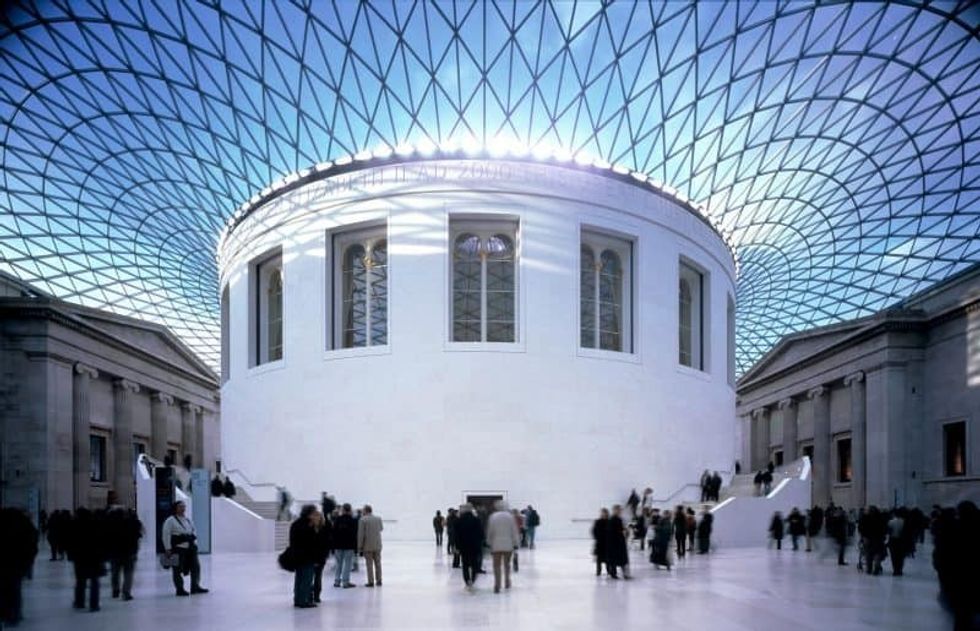
"We are trying to be much more flexible with the size of exhibitions. A lot of what we do is the large 1,000 square meter, 200 odd objects exhibitions. Those are very expensive to ship, expensive to insure. There will always be a market for those. But there has also been a rise in using digital exhibitions, which is an opportunity to be a little bit more flexible."
Something that might change is the standard display time of exhibitions:
“We have always been quite flexible in that respect with partners who have felt that they wanted to display for longer, depending on how that would affect the tour. But we've definitely been more flexible this last year, in trying to accommodate people’s changing schedules.
“If you can do longer display rounds, of course, it's better for the objects not to move around too much. One of the risks is in the shipping of an exhibition.”
New ways of working
The media of professional contact have shifted over the COVID period. Mayne comments:
“I can only speak from personal experience, but I feel that I'm a lot closer to my contacts around the world now. Which is rather ridiculous seeing as I haven't been anywhere for a year. I was ordinarily travelling seven or eight times a year, I was constantly getting on a plane somewhere.
“I don't think that face-to-face contact will ever go. But I do think that people will perhaps be a little more efficient in terms of travel, and what they're travelling for. That can only be a good thing for the environment."
I do think that people will perhaps be a little more efficient in terms of travel, and what they're travelling for. That can only be a good thing for the environment.
“I would hate to say I will never go anywhere ever again, but if those trips are halved in a year, it’s better for everyone.”
Speaking about further changes that may come about as a result of this last year, she says:
“This year has been a moment for reset in my personal life. I live in Kent, and I don't know how I coped with getting up at 5:00 AM every morning for 12 years. This is going to be a reset for a lot of us, which is going to change the way we work, long-term.”
The necessity to work from home, for many, has highlighted the fact that it is possible, and often even desirable:
“It’s interesting that it has taken a global pandemic for us all to realise that, and to ask why we have to continue doing things in a certain way, simply because that's the way it's always been done.”
A dialogue with the British Museum
The interpretation of exhibitions and exhibits has, inevitably, changed as audiences perspectives have evolved over the years. However, Mayne says:
“The British Museum has always been quite good in that our touring exhibitions are not blueprints. They're not a shipping container full of graphic panels, which is a model that some people follow. At the BM, it has never been like that.
“Whilst we tour a core exhibition to different regions of the world, there has always been a dialogue with partners, about what their visitors expect, how their collections can be referenced with ours to tell stories. It has always been quite a conversation with partners.
“Some, of course, don’t want that conversation, and would rather have a turnkey model. However, I do think that curator exchange is really important. It is something we've always been good at.
“If you can bring the local knowledge and the collection of a partner into your exhibition, that is a great thing to do. It's not always easy, and some suggestions just don’t make sense. But it's curatorial dialogue, which is nice for our curators because it gives them an international stage for their work.”
Exposure to worldwide audiences
It is, she concedes, a lot of work for curatorial colleagues to engage with an international touring exhibition:
“There has been reticence, in the past, and a feeling that it constitutes taking on another project on top of the day job if you like. But, ultimately, every curator we've worked with has always said very good things and has enjoyed the experience."
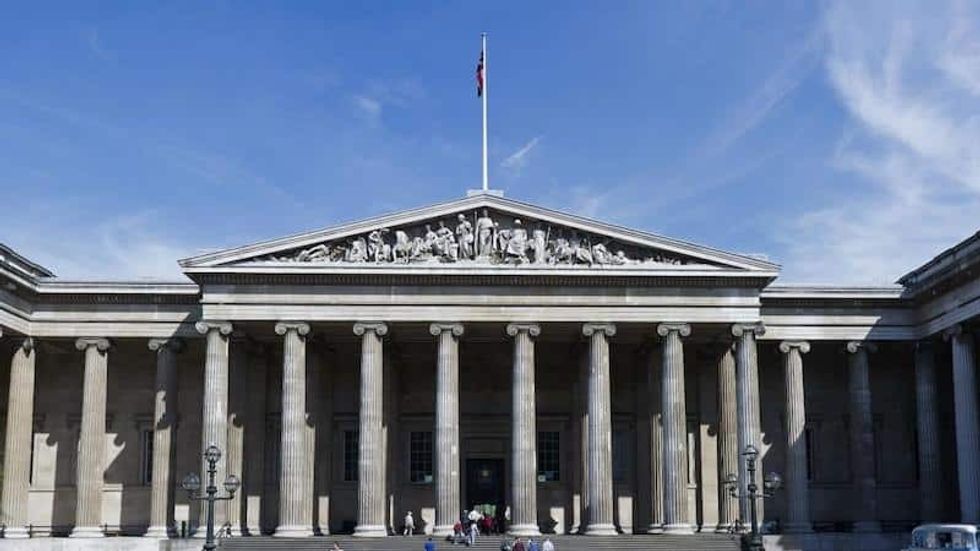
“It is quite exciting for the curators because there is only one museum in Bloomsbury and only a certain number of exhibition display slots. Some curators will never get the opportunity to display in London. So they may display in Beijing, in New Zealand, in Madrid; they get that exposure to an international audience.”
Future touring exhibitions from the British Museum
Mayne describes the British Museum exhibitions that are currently touring, and those planned for the (post- COVID ) future:
“Our biggest collaboration is in Spain. We work very closely with the La Caixa Foundation. They have eight Caixa forums around Spain, which are exhibition spaces.
"We have been working with them on a series of exhibitions since 2016, and are programmed up to 2025 with them. We are taking nine or ten exhibitions there; almost 50 displays. It's a lot of work, but it's also extremely satisfying, we have got into a very good rhythm with them."
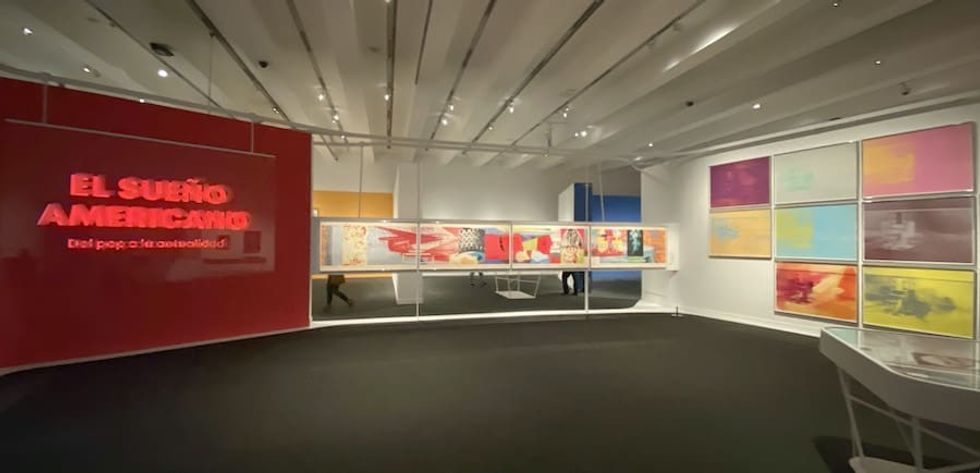
“Our Pharaoh King of Egypt exhibition, for example, has already been to five or six places in Spain and has opened now in Santiago de Compostela. It will have gone to every single Caixa forum over the last few years. They are such generous and good partners, and it is a very close collaboration. They have extremely talented staff. We're hoping that the collaboration goes on for a long time.”
What makes a great exhibition?
Identifying the elements of a great exhibition, she says:
“What it boils down to at the end of the day is a story that resonates with people or stories that resonate. A very good example of that was our History of the World in 100 Objects exhibition, which started with Neil MacGregor, the director at the time.
“It was such a distillation of what people find fascinating about the past, and what objects can tell us. It was very clever because it was never actually an exhibition in London, it was a radio programme on Radio 4."
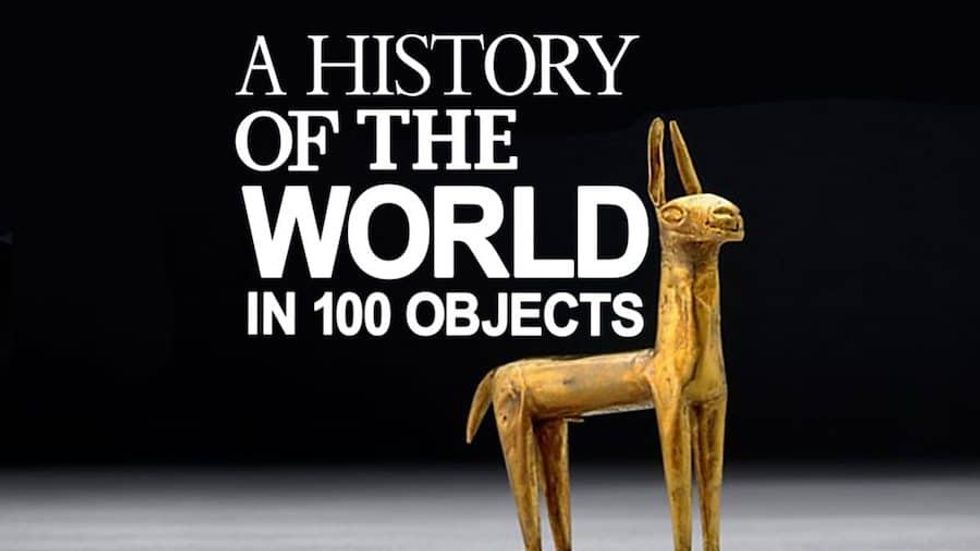
“We successfully toured the exhibition to 11 partners around the world. What I liked about that one the most, and it is something that we might do again in the future, is that there was something called Object 101. The staff would choose the object and it would be something that resonated with their audience. Some of them decided to use visitor input to decide what that object would be.
“I think it is connections that fundamentally make a good exhibition. When you drill down, yes, people want to see amazing, beautiful wondrous things, but actually, it's the stories behind those that are engaging.
“As far as exhibitions that we're thinking about at the moment are concerned, there's quite a long process to get them cleared through the museum. We're hoping to do an exhibition on animal mummies. We have a big collection of them. We have a big collection of them, both 19th-century ones made for the tourist market which have no animals inside, and some amazing genuine animal mummies.
“We’re also thinking of an exhibition of art in the Pacific, from our Africa, Oceania and the Americas collection.”
The importance of professional networks
Mayne is often asked about how she came to her current role.
“To be honest, I almost didn't apply for it, because I liked Greenwich. But somebody said to me, ‘this job has your name on it.’ So I thought I’d go for it. I've been around the world with the BM. It's been very kind to me, and I've been to some amazing places and met some amazing people. That's the bit I’ve been missing.”
Mayne has been an elected board member of the International Committee of Exhibition Exchange (ICEE), a standing professional committee of the International Council of Museums (ICOM), for four years.
“That network is amazing,” she says:
“Like blooloop, we did a virtual conference, which was in October. We were meant to be in Mexico City but adapted due to the pandemic. Along with a couple of my fellow board members, I put on a marketplace of exhibitions at the end of April, looking at doing presentations for marketing exhibitions from science centres and so on.
“I wanted to mention the ICEE because there are an influential, passionate group of people.
“It’s a very international committee. There are three people from the UK. The Chair is Antonio Rodriguez, who is Venezuelan but lives in the US. We have members in Australia, Canada, the US, the Netherlands, Finland, Mexico City. I could go on and on and on. We normally have a very good conference once a year. At the moment, it's planned for October in Geneva, though I don't know that it will physically be a conference.”
International connections are important, she stresses, in transcending boundaries, and making the world a bit smaller. She says:
“I think that if you're plugged into the global network, then you know the exhibitions that are produced and the stories that are told. It makes your work so much more relevant to people.”


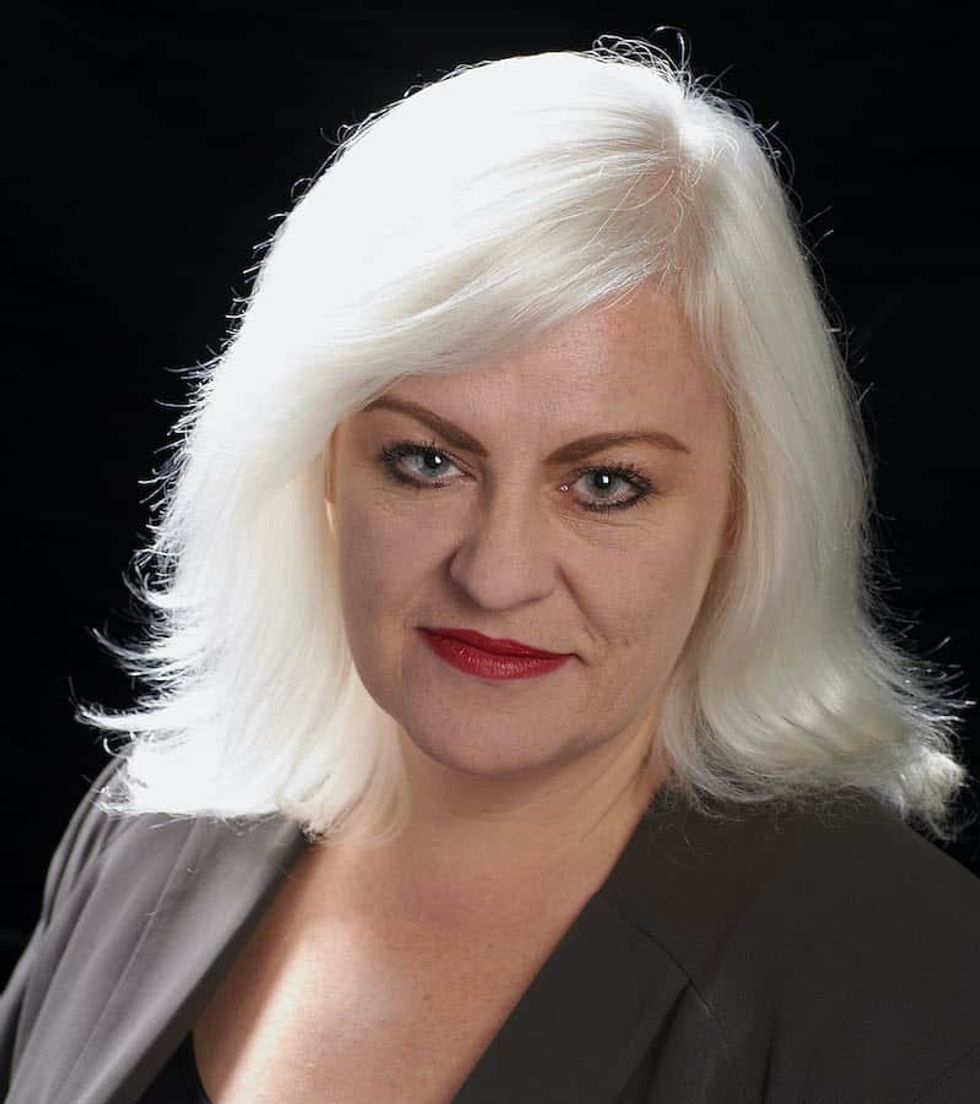

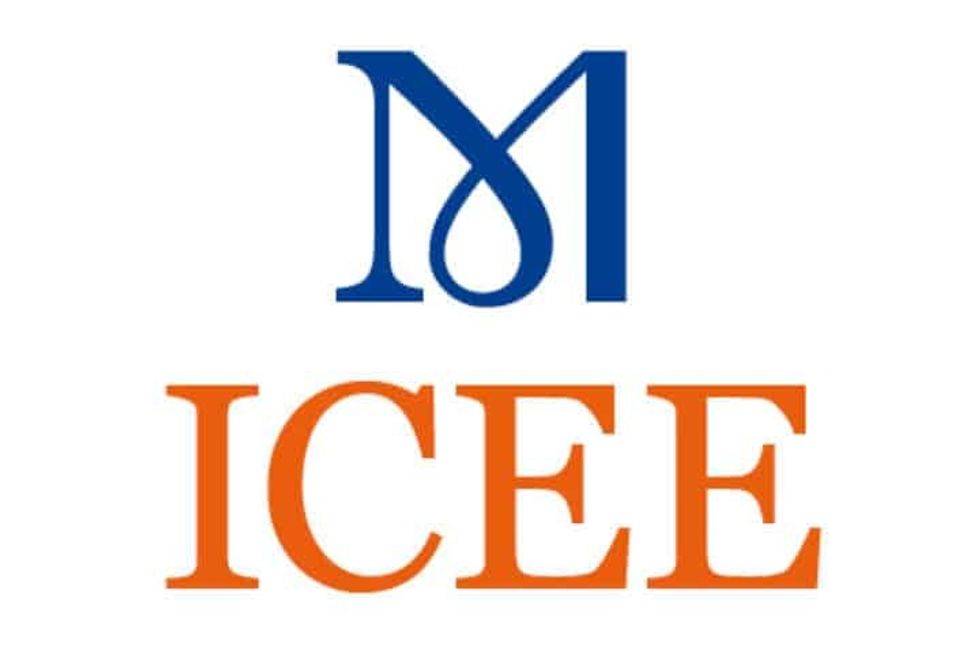

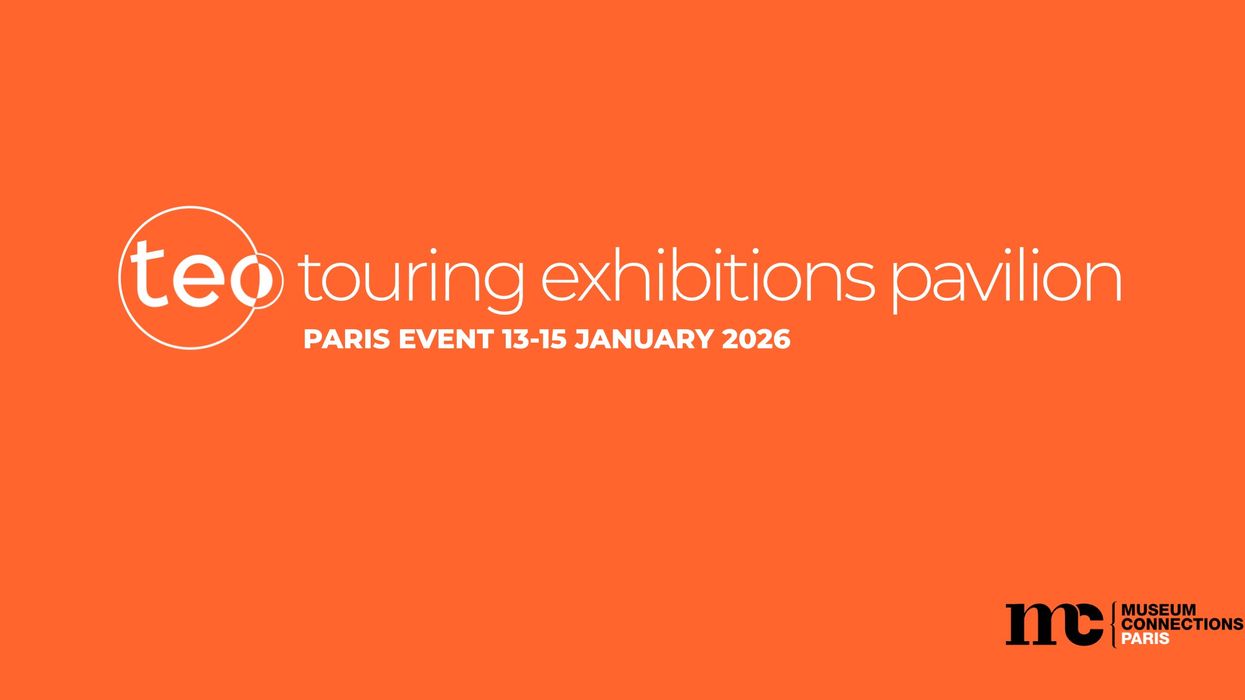
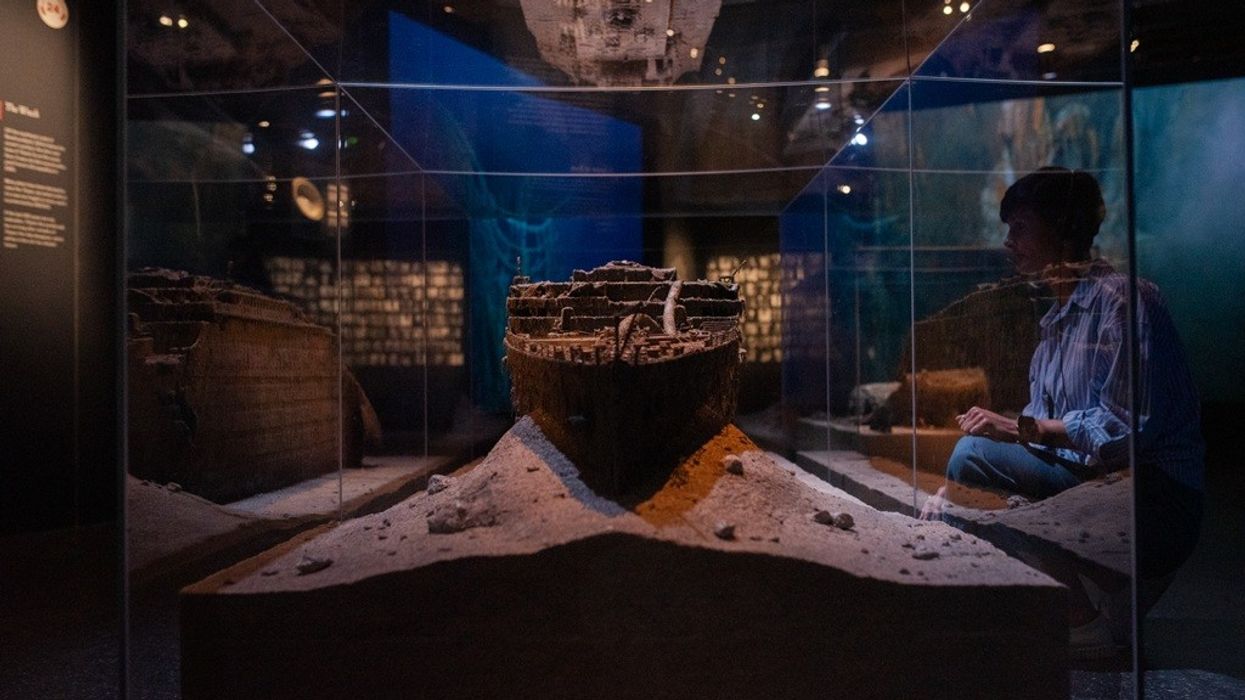
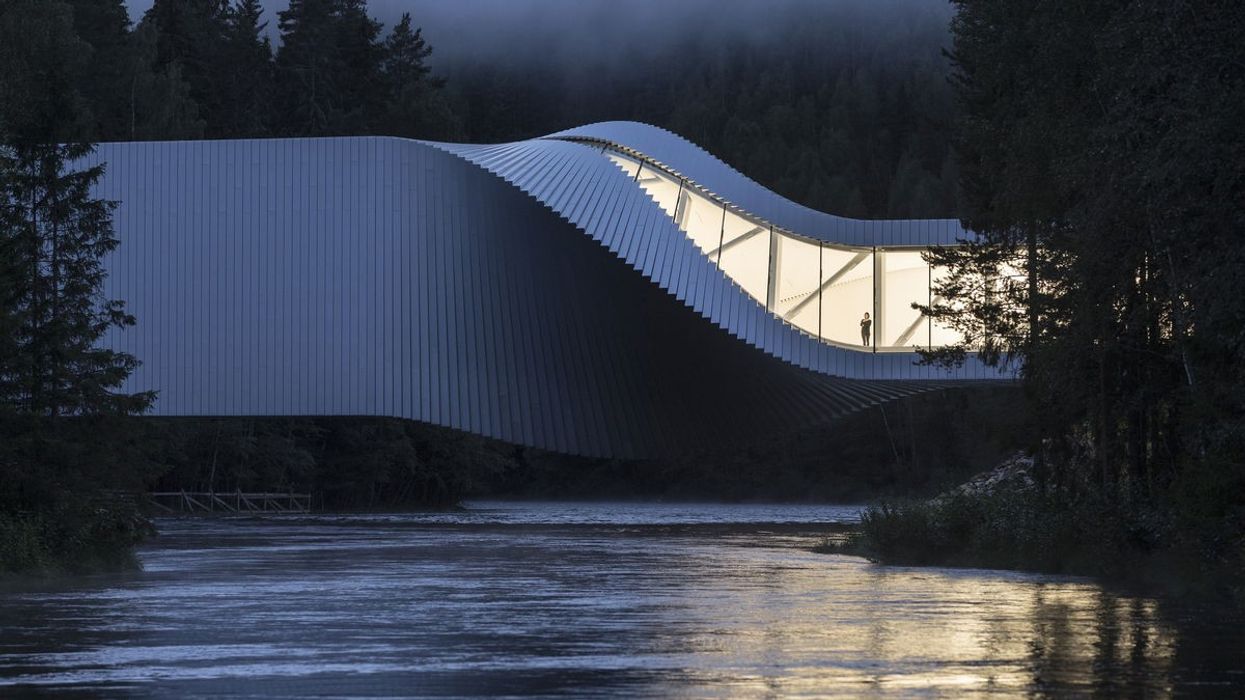

 TM Lim and Adam Wales
TM Lim and Adam Wales







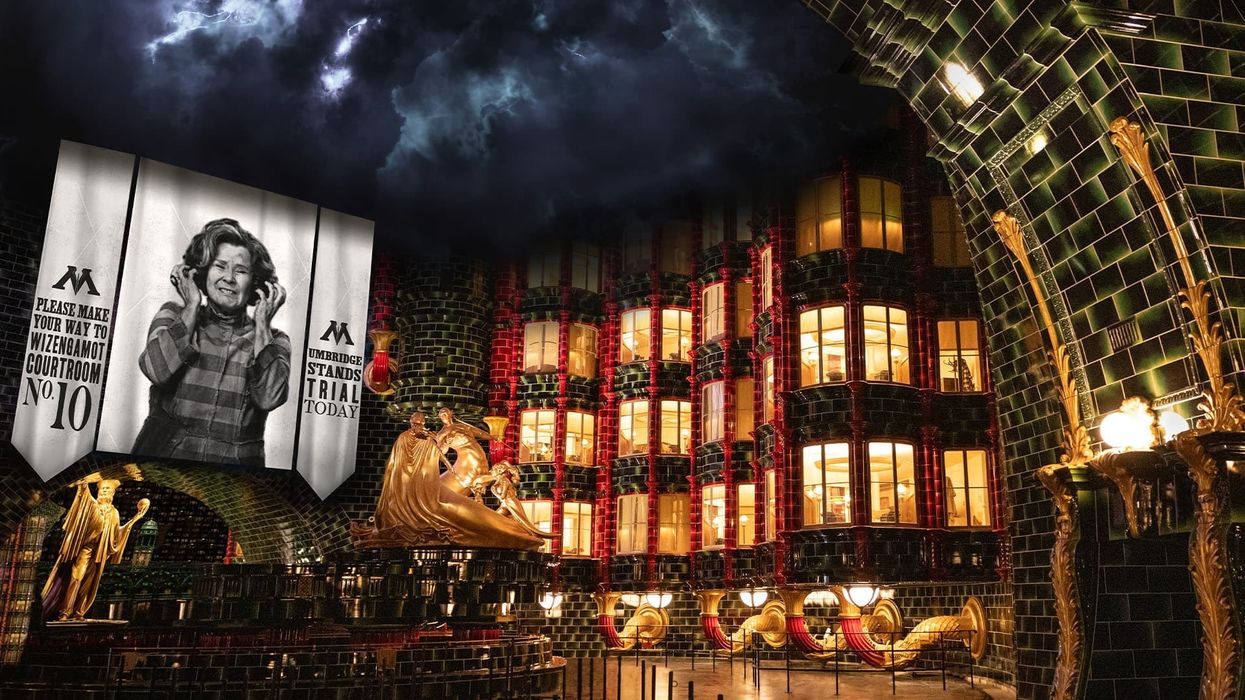

 Toby Harris
Toby Harris Hijingo
Hijingo Flight Club, Washington D.C.
Flight Club, Washington D.C.
 Flight Club Philadelphia
Flight Club Philadelphia Flight Club Philadelphia
Flight Club Philadelphia Bounce
Bounce Hijingo
Hijingo Bounce
Bounce
 Fernando Eiroa
Fernando Eiroa











 Nickelodeon Land at Parque de Atracciones de Madrid
Nickelodeon Land at Parque de Atracciones de Madrid Raging Waters
Raging Waters  Mirabilandia's iSpeed coaster
Mirabilandia's iSpeed coaster Parque de Atracciones de Madrid
Parque de Atracciones de Madrid Ferracci at the ribbon-cutting ceremony for Nickelodeon Land at Mirabilandia, with (left) Marie Marks, senior VP of global experiences for Paramount and (cutting the ribbon) Sabrina Mangina, GM at Mirabilandia
Ferracci at the ribbon-cutting ceremony for Nickelodeon Land at Mirabilandia, with (left) Marie Marks, senior VP of global experiences for Paramount and (cutting the ribbon) Sabrina Mangina, GM at Mirabilandia Tropical Islands OHANA hotel
Tropical Islands OHANA hotel Elephants at Blackpool Zoo
Elephants at Blackpool Zoo  Tusenfryd
Tusenfryd
 Andrew Thomas, Jason Aldous and Rik Athorne
Andrew Thomas, Jason Aldous and Rik Athorne







